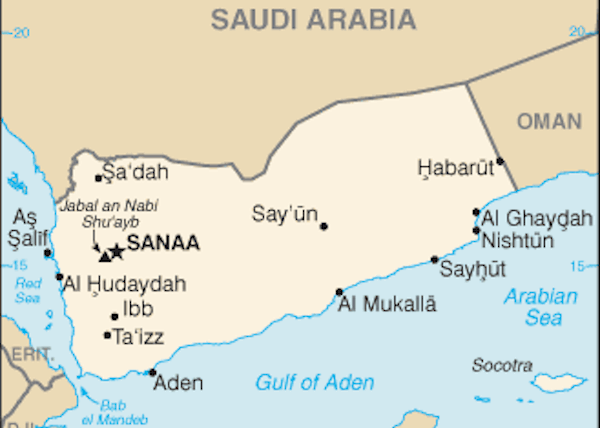A brief reflection on 14 years of continuous US misadventures in the Middle East North Africa region and the mainstream foreign policy community’s exclusion of alternative perspectives.
In its cross-partisan drive for a new style of foreign policy after the Cold War, the DC crowd seems to have converged upon the worst-of-all-possible-worlds solution to the world’s problems.
From the left, the military-internationalists without a balancing dose of any hardheaded, restraining realism. From the right, the neocons and literal “crusaders,” whose force-based adventurism is sure to end about as dismally as their medieval forerunners.
Both believe unlimited force applied everywhere can remake the world in their vision, yet the vision is as clouded by legacy alliances and enmities as any prior world power’s vision has been. They cannot even plausibly claim to have transcended the obvious immorality of the frequent pacts-with-devils made by Cold War realpolitik advocates.
Witness the negligible self-reflection on ill-conceived partnerships with Saudi Arabia’s regional wrecking-ball (or other similarly damaging alliances). Witness the beliefs in “good guys” and “bad guys” and meaningful change through isolation, bombardment, and speeches.
It is a foreign policy worldview as averse to compromises for the sake of reality as the members of Congress. Yet it already so pre-compromised and impure as to render the ideals behind it a hollow joke.








